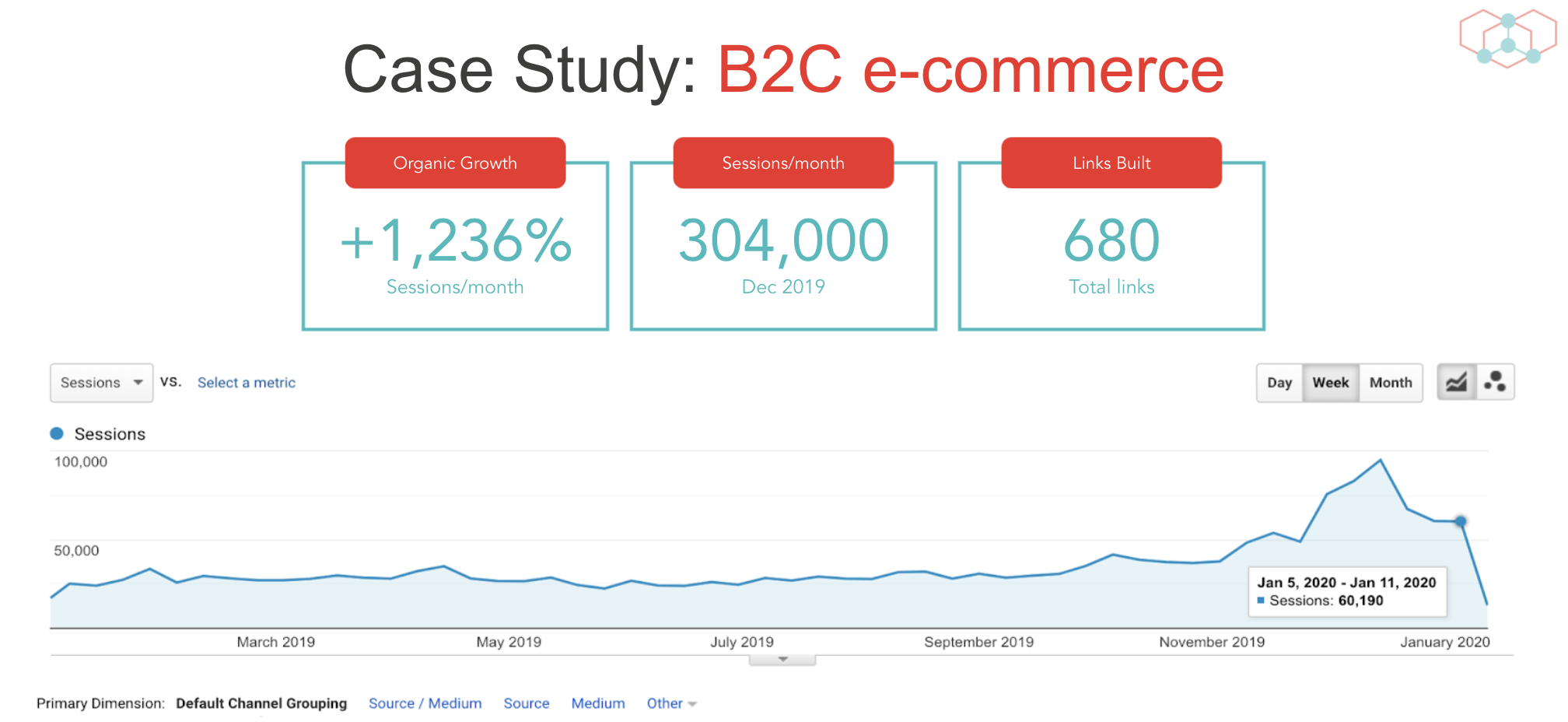How to assess the “quality” of a site is one of the most misunderstood concepts in SEO.
If you do wrong, you risk leaving sites that are likely to generate traffic out of your reach – or worse, sites that will not provide any value or may hurt your SEO performance.
On May 26, I hosted a Sponsored Search Engine Journal webinar presented by Kevin Rowe, Founder and CEO of PureLinq.
Rowe explained what elements of the website need to be evaluated in order to determine “site quality” for link building.
Here is a recap of the webinar presentation.
Link building spans the gamut from strategy to analysis and reporting.

One area that is not talked about enough is how to rate potential sites and why that is important.
Google Penguin has specifically targeted link schemes so that link builders are aware of the types of links that are risky.
Evaluating Link Prospects: Key Elements
When reviewing websites for link building, consider the following:
- Contents: Written and visual content for blogs, main site content, etc.
- Administrator : Do they have advertising and what are the policies?
- Link Profile: What do the links to the site look like?
- Paternity: Who is responsible for the main content and the supporting content?
- Reputation: Does fatherhood have a reputation?
- Technical: How do users find and interact with the content / site?
Using this framework to assess leads, the PureLinq team helped a B2C e-commerce client increase their monthly organic traffic by 1,236%.

Should you listen to Google’s advice on links?
Over the years, Google and its representatives have confirmed the negative impact of link patterns in search rankings.
Google offers several tips on the subject:
That said, relying on Google’s advice can cause problems for your link building program.
For example, Google’s guidelines for link schemes are ambiguous.
But Google can’t interpret the intent, at least when it comes to the links.
For the most part, they don’t know if you’ve gotten a high quality natural link in the effort to improve the reader experience or if your secondary goal is to generate organic rankings.
And then there’s Google’s eternal warning against guest link posting.
Mueller said Google’s algorithms are now able to catch and devalue guest post links so they don’t help a site rank higher.
The problematic part is the links – if you are providing the content / links then those links should not be transmitting signals and should have the rel-sponsored / rel-nofollow attached. It’s good to see it as a way to reach a larger audience.
– John 🍌 (@JohnMu) June 11, 2020
Mueller’s recent claims that links in guest posts should not be followed sparked skepticism from some SEO professionals, who viewed them as too broad.
Google’s recent statements on guest posts seem very broad (too wide, IMO), and it’s possible that this could lead to a bad app, but personally I’m not afraid to write for others. sites and link appropriately when I write good articles for good reasons / 2 #AskMoz
– Dr Pete Meyers (@dr_pete) June 17, 2020
Strongly disagree with the point of view of this representative of Google (https://t.co/5yQzUeRbAg). Oh good? All contributions to a publication that were not written by an author who is employed there should have “not followed?” Links. Let’s go.
Most publications ignore this. They either trust and endorse the contributors or they wouldn’t post them.
– Rand Fishkin (@randfish) June 15, 2020
On the flip side, Google’s search quality rater guidelines aren’t necessarily meant to guide your link building, but they give you a good idea of what Google thinks is relevant in terms of content quality.
Google’s Ben Gomes said in a 2018 CNBC interview that:
“You can see the rater’s guidelines as where we want the search algorithm to go. “
“They don’t tell you How? ‘Or’ What the algorithm ranks the results, but they basically show What the algorithm should do.
All of this just means SEO pros shouldn’t just be looking at Google’s position for all the answers.
We have to come up with our own interpretations.
Metrics versus quality
Identifying metrics and quality can help you prepare for link building success.
Metric
Aira’s State of Linking Survey explains how people measure and report on link building activity.
These metrics include some of the proprietary metrics from the best SEO tools, including:
- Moz domain authority.
- Evaluation of the Ahrefs estate.
- Moz page authority.
- Majestic Trust Flow.
- SEMrush Authority Score.
- Quote Flow from Majestic.
- Verve’s link score.
Examining these metrics does not replace your own manual research.
You also need a much more in-depth analysis of your prospects.
Quality
Google’s guidelines for search quality raters have a section for overall page quality rating that you can adopt as well.

This system can help you cover:
- Objective of the content.
- Depth of content.
- Credible sources.
Due to the lack of comprehensive quality metrics for link building, the PureLinq team has developed their own rating system, PureGrade, for a site’s quality and the likelihood of positively impacting organic rankings.
The score is based on automated fingerprints and a manual review of a site’s content.
How to analyze a site: the keys to a good evaluation
Again, when evaluating potential link partners, it is essential to consider the following:
- Contents
- Administrator
- Link Profile
- Paternity
- Reputation
- Technical
During the process, make sure to:
- Weight of each element: Some aspects of the site are more important than others.
- Build a footprint not just an item: Look at several things and then decide on the quality of the site.
Here are the key elements to consider during your assessment:
Contents
- Commercial links: Links to untagged money pages with nofollow or sponsor.
- Navigation: Is this too general for a blog?
- No-no Keywords: Keywords related to gambling, pornography and payday loans.
- Frequency: Messages are rare or old.
Administrator
- About Us: Links to money pages.
- Administration pages: Advertising, guest posts.
- Info: Phone, address, email
For this component, watch out for websites that advertise “dofollow” links directly in guest posts.
Google claims that they can algorithmically understand these types of link buying programs.
Avoid these websites at all costs.
Link Profile
- Excessive links: Too many links pointing to a page.
- Lower authority: Use DA or DR to figure this out.
- Irrelevant links: links do not make sense for the page.
Paternity
- Names and signatures: Is the signature set to admin or to the site name?
- Author’s page: Is there any non-existent information on the author?
- Foreigner: Is the author from your target country or not?
For your money or your life (YMYL) you have to be much stricter in your opinion.
Find the website authors and make sure they are trustworthy.
Reputation
- Presence: Is the website present on social networks?
- Following: What types of accounts follow the brand?
- Commitment: Do they have an engagement?
Technical
- Indexed: Does the website exist in the Google index with more than the home page?
- Geo: What is the country’s public focus?
- Page engagement: Does the site have ads, layout, and links within a page?
[Slides] How to identify the quality of the site for link building
Check out the SlideShare below.
More resources:
Join us for our next webinar!
How We Built Over 600 Links In 30 Days And You Can Too
Learn how to optimize your landing pages and make better use of the traffic you are already getting. Join our next webinar on Wednesday, December 15 at 2 p.m. ET, and learn how to rank higher on Google’s SERPs.
Image credits
All screenshots taken by author, June 2021

